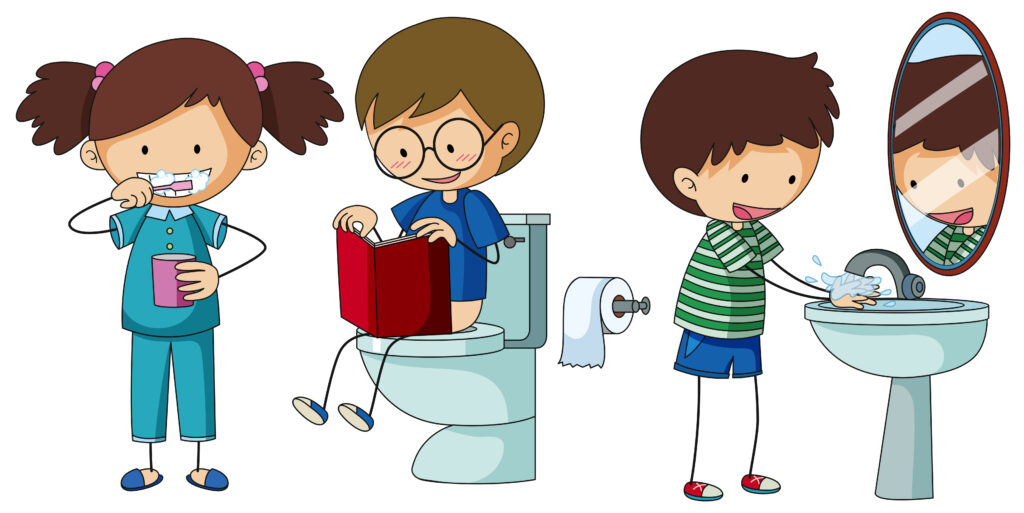Unveiling the Toilet Training Journey: A Speech Pathologist’s Guide
Embarking on the toilet training journey is a significant milestone in your child’s development. It’s a time filled with questions, uncertainties, and perhaps a touch of apprehension. Yet, with the right guidance and support, it can become a rewarding and empowering experience for both you and your child. In this blog, we delve into the world of toilet training, exploring signs of readiness, helpful tools and methods, and the invaluable role of Speech Pathologists in this journey.
Signs of Readiness:
Before diving into the process of toilet training, it’s essential to gauge your child’s readiness. Look out for subtle signs such as dry nappies, interest in the toilet, age appropriateness, awareness of bodily functions, and dislike of nappies. These indicators can signal that your child may be ready to embark on this new adventure.
Preparing for Toilet Training:
As you prepare for toilet training, consider the tools and methods that best suit your child’s needs and preferences. Whether it’s opting for a potty or transitioning straight to the toilet, selecting training pants or pull-ups, or allowing your child to choose their own underpants, the key is to make the process comfortable and exciting for them.
When Additional Support is Needed:
Toilet training isn’t always a smooth journey, and some children may require additional support along the way. If you notice persistent challenges such as wet pants beyond a certain age or difficulties with nighttime dryness, it may be beneficial to seek advice from professionals like Speech Pathologists.
The Role of Speech Pathologists:
Speech Pathologists play a vital role in supporting children through the toilet training process. They can help enhance your child’s understanding of toilet-related language and concepts, incorporate visual supports such as visual schedules and social stories, and recommend helpful resources like toilet training books and online videos.
Recommended Resources:
To further aid your child’s toilet training journey, consider utilizing resources such as toilet training books and online videos. These resources provide valuable insights, address common anxieties, and make the process clearer and more engaging for your child.
Conclusion:
Toilet training is a significant milestone that requires patience, understanding, and support. By recognizing signs of readiness, preparing effectively, and seeking assistance when needed, you can navigate this journey with confidence and empower your child to achieve success. Remember, you’re not alone in this journey – Speech Pathologists and a wealth of resources are available to guide you every step of the way.
Embark on this adventure with enthusiasm and optimism, knowing that each step brings your child closer to independence and confidence. Happy toilet training!
For more personalized guidance and support on your toilet training journey, reach out to ILUKA Holistic Wellness Centre

